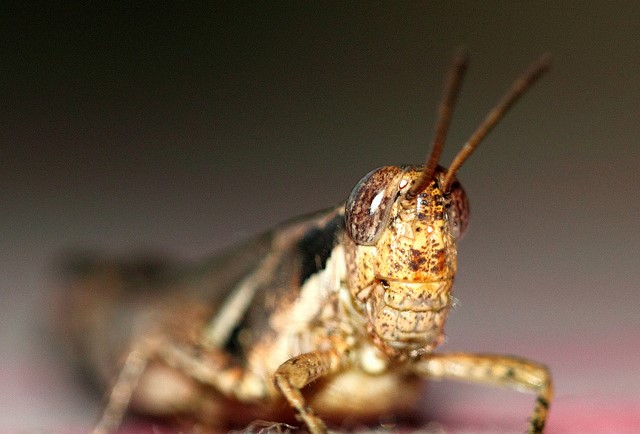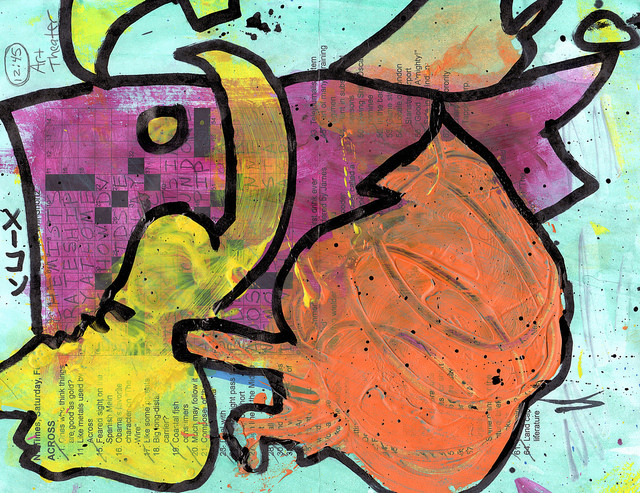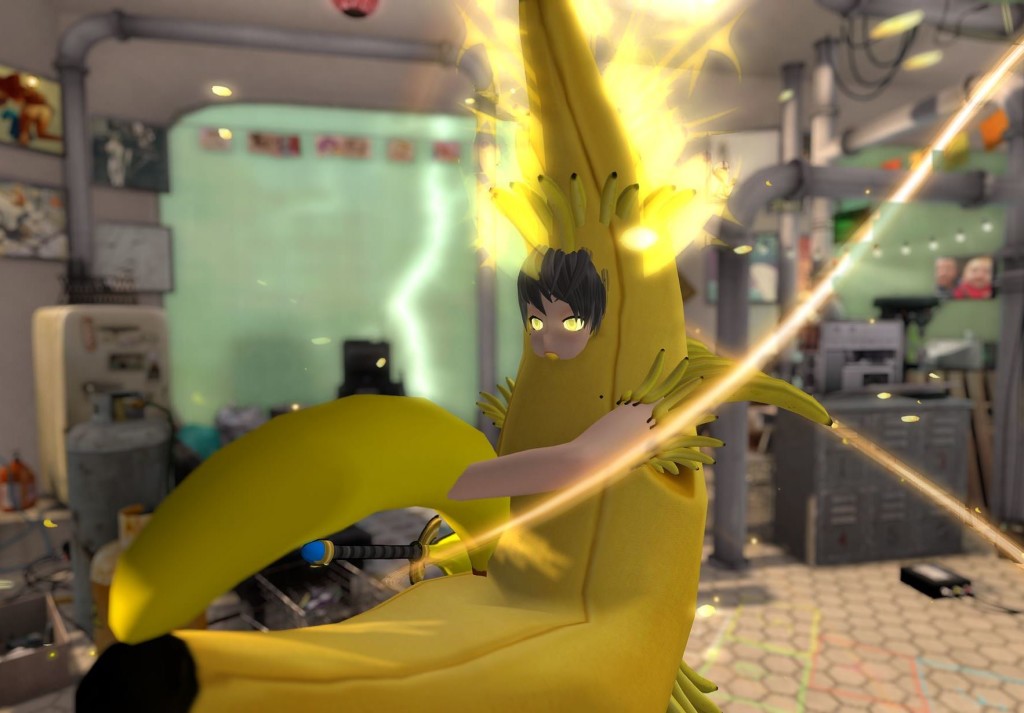In the future we get up, slurp down rehydrated powder shakes full of caffeine and nutrients, and don’t bother chewing anything! I mean, maybe. Nootropics for sure, but we could be hooked up to a Matrix-like system, sustenance coming through tubes in our spines. (Isn’t that the endgame of VR?)
We could be gnawing on whole grains in order to prove our hipster cred. What the heck do I know?
So anyway, Rosa Labs (the company that makes Soylent) is having quality control problems. But I still really like the idea of “meal replacements” AKA “very convenient ways to eat”.
I tried out MealSquares, because they advertise on Slate Star Codex. The product is basically a scone with four right angles, but it’s made out of “whole foods” and is supplemented with micronutrients, blah blah blah. Sayeth the website:
[T]here’s nothing especially risky or unusual in MealSquares; they’re made from a broad variety of ordinary, healthy whole-food ingredients like milk, rice bran, dates, etc. See our nutrition page for the full list. And unlike many commercial baked goods, MealSquares are free of artificial preservatives and flavoring agents. […]
Given common nutrient deficiencies like magnesium deficiency and potassium deficiency, MealSquares represent a huge improvement over the average diet. Even if there are nutrients unknown to science, they’ll likely appear in at least one of the nutrient-dense MealSquare ingredients — this represents an advantage of whole foods over supplements.
That’s so boring, right? It’s just like healthy Hostess Cakes, delivered via ecommerce.
But I suspect that the future arrives one mundane innovation at a time, on your doorstep in a cardboard box. Friction is reduced just slightly with each new development. It all adds up — or, in fact, it multiplies. Soon enough we go exponential. I hope so, at least!
I spent $90 on thirty MealSquares tonight. That’ll last my partner and I about a month. Then we’ll get another shipment. I like outsourcing some of my food preparation without needing to feel guilty about it.
Header image via Soylent on Instagram.





